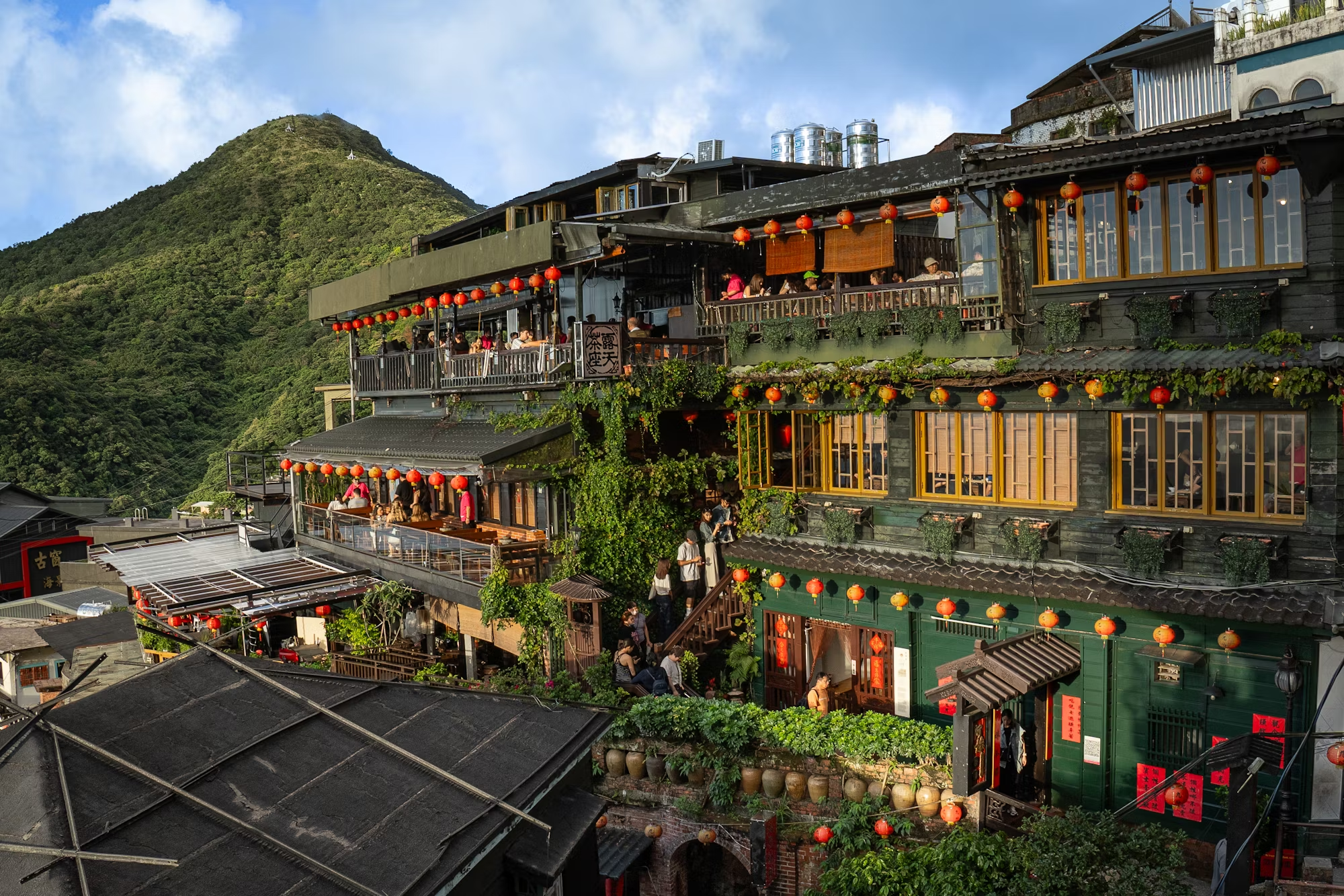
Exploring the Great Outdoors: A Guide to Camping Adventures
Camping is a cherished activity that allows individuals and families to step away from their daily routines and immerse themselves in nature. It offers a chance to disconnect from technology and reconnect with the great outdoors, providing endless opportunities for adventure and relaxation. In this guide, we’ll explore different styles of camping, essential gear, and helpful tips to ensure your next outdoor experience is enjoyable and memorable.
Types of Camping
Understanding the various styles of camping can help you choose the best approach for your next trip. Each type caters to different preferences and levels of comfort, making it essential to know what suits you best.
1. Tent Camping
Tent camping is the most traditional form of camping. It involves setting up a tent in campgrounds or remote areas, providing a simple and immersive outdoor experience. Tent camping can range from car camping—where you drive to a campsite and set up your gear—to backpacking, which requires hiking to a more secluded location. This style allows for great flexibility in terms of location and experience.
2. RV Camping
For those seeking more comfort and amenities, RV camping is an excellent option. Recreational vehicles come equipped with beds, kitchenettes, and bathrooms, offering a homier feel while still enjoying nature. RV camping is perfect for families or groups who want to explore multiple locations without the hassle of setting up tents every night. Many established campgrounds offer hookups for electricity, water, and sewage, making RV camping a convenient choice.
3. Glamping
If you crave the beauty of nature but don’t want to compromise on comfort, glamping—short for glamorous camping—is the ultimate solution. Glamping accommodations can include yurts, safari tents, treehouses, or cabins, often featuring luxurious furnishings, private bathrooms, and sometimes even gourmet meals. This option allows you to enjoy the outdoors while indulging in modern comforts.
4. Backpacking
For the more adventurous spirit, backpacking involves carrying all your gear in a backpack and hiking to remote or backcountry locations. This type of camping allows access to secluded and pristine natural settings that are often untouched by crowds. Backpacking requires careful planning and physical endurance, but the reward is an unparalleled experience of solitude and breathtaking scenery.
5. Canoe or Kayak Camping
If you enjoy water activities, canoe or kayak camping might be your perfect fit. This style allows campers to travel by water, using canoes or kayaks to reach remote campsites along rivers, lakes, or coastlines. Paddling to a campsite adds an exciting dimension to camping and provides access to areas that are often unreachable by land.
Essential Camping Gear
No matter what style of camping you choose, having the right gear is crucial for a successful trip. Here’s a breakdown of essential camping gear to consider:
1. Shelter
Selecting a suitable shelter is the foundation of your camping experience. For tent camping, choose a tent that fits your group size and is appropriate for the weather conditions you may encounter. Look for features like waterproof materials, proper ventilation, and ease of setup. If you’re backpacking, a lightweight tent or tarp will be beneficial.
2. Sleeping Gear
A good sleeping setup is vital for restful nights outdoors. Invest in a quality sleeping bag rated for the temperatures you expect. Pair it with a sleeping pad or air mattress for extra comfort and insulation from the cold ground. Sleeping gear should be lightweight and portable for backpacking, but comfort is key for car camping.
3. Cooking Supplies
Cooking outdoors can be a fun and rewarding experience. A portable camping stove or grill is essential for preparing meals. Make sure to bring necessary cookware, including pots, pans, utensils, and a cooler for perishable items. Meal planning is crucial; opt for easy-to-cook meals and snacks that provide energy for your activities.
4. Clothing
Choosing the right clothing can make a significant difference in your camping experience. Layering is essential; start with moisture-wicking base layers, add insulating mid-layers, and finish with a waterproof outer layer. Sturdy hiking boots are a must, and don’t forget accessories like hats and gloves to protect against changing weather.
5. Safety Gear
Safety should always be a priority when camping. A well-stocked first aid kit, including bandages, antiseptic wipes, and any personal medications, is essential. Navigation tools, such as a map and compass, are critical for backcountry camping. A flashlight or headlamp is also necessary for nighttime navigation and tasks.
Tips for a Successful Camping Experience
1. Plan Ahead
Planning is key to a successful camping trip. Research your chosen destination, including campsite regulations, weather forecasts, and available amenities. Make reservations if required, and create a packing list to ensure you don’t forget essential items.
2. Practice Leave No Trace Principles
Respecting nature is crucial for preserving the environment. Follow Leave No Trace principles by packing out all trash, staying on marked trails, and respecting wildlife. Educate yourself about the local ecosystem to minimize your impact.
3. Stay Hydrated and Nourished
Proper hydration and nutrition are essential during outdoor activities. Always carry enough water, and consider bringing a portable water filter for longer trips. Pack nutritious snacks to keep your energy levels up while exploring.
4. Embrace Flexibility
Nature can be unpredictable, so it’s important to be flexible during your camping trip. Weather changes, unexpected trail closures, or other factors may require you to adapt your plans. Embrace the adventure and find joy in the unexpected moments.
Conclusion
Camping is an enriching experience that allows individuals to enjoy the beauty of nature, foster connections with family and friends, and create lasting memories. By understanding the different types of camping, selecting essential gear, and following helpful tips, you can set yourself up for a successful outdoor adventure. Whether you’re pitching a tent in a secluded forest or enjoying the comforts of an RV, the great outdoors awaits you with open arms. So gather your gear, plan your trip, and embark on your next camping adventure!







